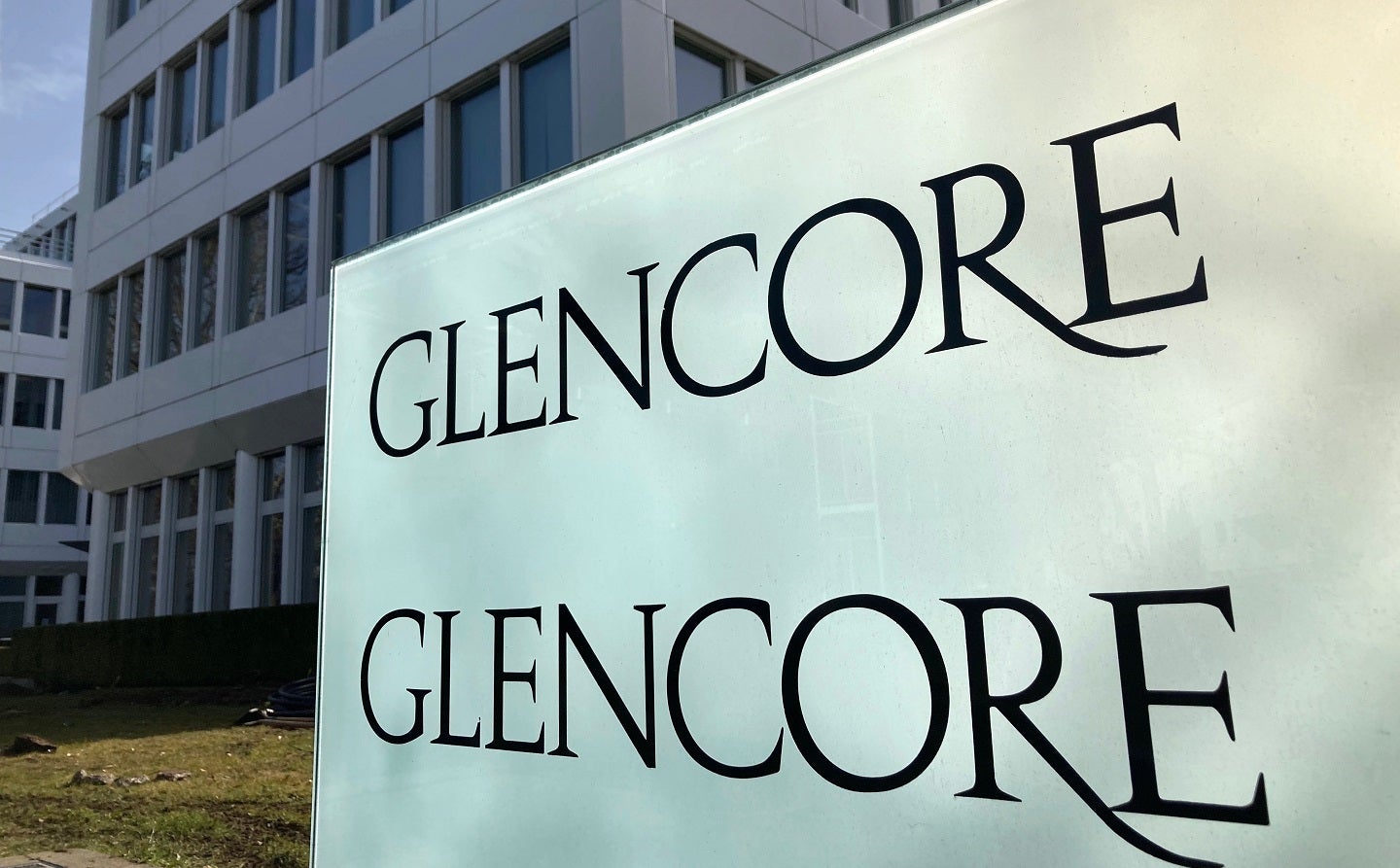Following a 4.7% month-over-month decline during January, aluminum prices fell an additional 1.9% throughout the first half of February. Despite these declines, aluminum prices continued to trade in their long-term sideways range. Meanwhile, the Midwest Premium also remains consolidated, with prices retracing to the downside following a short-lived bounce at the end of January.
Overall, the Aluminum Monthly Metals Index (MMI) moved sideways, with a modest 1.8% decline from January to February.
Gain access to expert-driven market insights, ensuring your company is well-informed and prepared to tackle falling demand. Opt into MetalMiner’s free weekly newsletter.
Aluminum Prices, Premium Market Shakes Off Smelter Closure
Headlines were abuzz with news that the U.S. would lose nearly a third of its primary aluminum smelting capacity with the closure of New Madrid in Missouri. The smelter was the second largest in the U.S., accounting for around 30% of domestic primary aluminum production and boasting an annual capacity of 263,000 tons. While the curtailment of New Madrid saw the Midwest Premium jump over 6% during the final week of January, the premium retraced almost immediately.
Energy Prices, Chinese Output Caused New Madrid Closure
While New Madrid had long reported struggles with profitability, its owner, Magnitude 7 metals, attributed the smelter’s closure to the combined effects of high energy prices and robust output from China.
Although tariffs continue to block Chinese aluminum from markets like the U.S., the material still impacts the global supply balance. This, in turn, significantly impacts prices. According to data from the International Aluminum Institute, Chinese production rose over 3% from 2022 to 2023, repeatedly setting new monthly record highs throughout the year.
While markets appeared concerned that the beginning of the dry season in China’s hydro-rich Yunnan Province would curb the country’s output and offer support to prices, that has yet to occur. The final two months of 2023 saw Chinese production levels trend up from the same months of 2022, albeit down slightly from their all-time high in October 2023.
Although energy prices sit below their previous highs, New Madrid’s closure suggests they remain too high to offset current demand levels. Although the Midwest Premium, a proxy for U.S. demand, appeared largely flat throughout Q4, it continued to edge lower. Indeed, by the second half of February, it reached its lowest level since March 2021.
See where 2024 metal costs are projected to land with MetalMiner Insights’ comprehensive short and long-term price forecasts. Chat with us.
Demand Remains Muted as Alcoa Reports 2023 Decline in Aluminum Shipments
While the U.S. loses capacity, global producer Alcoa’s financial results appeared emblematic of muted demand conditions. According to the company, the global aluminum market appeared “balanced to slight surplus” by the end of 2023, with aluminum shipments falling 3% from 2022. However, shipments saw a slight pickup during Q4, with a 1% quarterly rise. Aluminum production also increased during the quarter with a 2% rise from “the third quarter’s strong output,” which likely offset the impact of increased shipments.
Despite Q4’s increase, Alcoa does not expect a sharp market turnaround in 2024. Rather, the company anticipates global shipments to remain “consistent” with 2023. While the restart of some smelters will help boost supply, this will likely be “offset by lower trading volumes” amid current demand conditions.
Aluminum Price Outlook
Although New Madrid remains closed, a letter from owner Magnitude 7 stated that the company would continue to pursue investments to eventually restart the smelter. While the company might find some momentum from the ongoing reshoring movement, it remains an uphill battle amid current demand conditions. As Reuters noted, the combination of supply from Canada and rising domestic secondary supply appears enough to offset the loss of the smelter.
With the market shrugging off the at least temporary loss of New Madrid, the outlook for aluminum prices appears more likely to hinge upon U.S. demand and Chinese production. Interestingly, the correlation between the Midwest Premium and LME prices rose over recent years, suggesting that U.S. demand now plays an more important role in market direction. Between 2015 to the present, the correlation between the two price points stood at just under 84%. However, between 2020 and the present, the correlation jumped to over 92%.
The Midwest Premium currently remains consolidated with a slight downside bias. This suggests that aluminum prices will likely follow a similar trend until demand begins to experience a turnaround. From a supply perspective, Chinese production levels still have the opportunity to upset the current market balance. Meanwhile, a sharp decline from China remains a possibility, although it has yet to occur.
Biggest Aluminum Price Moves
From sourcing strategies to long-term steel price projections, MetalMiner’s Monthly Metals Outlook report covers it all. Grab your free sample report.
- Chinese aluminum billet prices saw the only increase of the index, with a modest 1.34% rise to $2,889 per metric ton as of February 1.
- Meanwhile, Chinese primary cash aluminum prices fell 3.21% to $2,652 per metric ton.
- Indian primary cash aluminum prices fell 4.44% to $2.46 per pound.
- LME primary three month aluminum prices fell 4.68% to $2,271 per metric ton.
- European 5083 aluminum plate prices fell 8.58% to $4,678 per metric ton.




